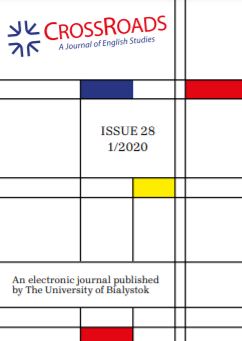The habitat of crime - Random Acts of Senseless Violence from the criminological perspective
The habitat of crime - Random Acts of Senseless Violence from the criminological perspective
Author(s): Klara MednisSubject(s): Studies of Literature, Criminology, Studies in violence and power, Rural and urban sociology, American Literature
Published by: Wydział Filologiczny Uniwersytetu w Białymstoku
Keywords: Jack Womack; urban ecology; New York City; alternate history; criminology;
Summary/Abstract: This article analyses Jack Womack’s Random Acts of Senseless Violence from the perspective of criminological research focusing on the correlation between criminality and the environment, i.e. the particular areas where either criminals reside, or where the crimes are committed. The ideas of the ecological school of criminology (the Chicago School), especially the studies by Shaw and McKay and their predecessors, and the so-called “Broken Windows” theory by Wilson and Kelling are introduced. The paper shows that the neighbourhoods depicted in Womack’s novel might be seen as models exemplifying, albeit in a rather extreme manner, the processes presented in the aforementioned theories. This article demonstrates how the link between high crime rates and the social disorganisation of communities inhabiting specific areas may provide a possible explanation for the drastic transition of the novel’s protagonist into a violent criminal.
Journal: Crossroads. A Journal of English Studies
- Issue Year: 2020
- Issue No: 01 (28)
- Page Range: 52-66
- Page Count: 15
- Language: English

